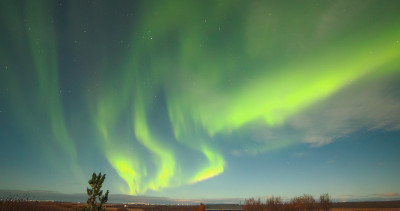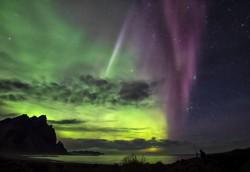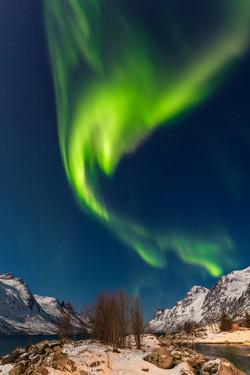Glossary term: 电离
Description: 电离是原本中性的原子失去电子或者得到电子的过程,从而使由中性原子(或分子)组成的气体转变为由带电离子组成的气体,即等离子体。
Related Terms:
See this term in other languages
Term and definition status: The original definition of this term in English have been approved by a research astronomer and a teacher The translation of this term and its definition is still awaiting approval
The OAE Multilingual Glossary is a project of the IAU Office of Astronomy for Education (OAE) in collaboration with the IAU Office of Astronomy Outreach (OAO). The terms and definitions were chosen, written and reviewed by a collective effort from the OAE, the OAE Centers and Nodes, the OAE National Astronomy Education Coordinators (NAECs) and other volunteers. You can find a full list of credits here. All glossary terms and their definitions are released under a Creative Commons CC BY-4.0 license and should be credited to "IAU OAE".
If you notice a factual or translation error in this glossary term or definition then please get in touch.
Related Media
直到世界尽头,作者Hang Li,中国
Credit: Hang Li/IAU OAE
License: CC-BY-4.0 Creative Commons 署名 4.0 国际 (CC BY 4.0) icons
西班牙塞尔吉奥·迪亚兹·鲁伊斯拍摄的《冰岛光之河》。
Credit: Sergio Díaz Ruiz/IAU OAE
License: CC-BY-4.0 Creative Commons 署名 4.0 国际 (CC BY 4.0) icons
意大利科尔蒂纳天文协会代表马尔科·米利亚尔迪拍摄的冰岛多彩极光。
Credit: 马尔科·米利亚尔迪代表科尔蒂纳天文协会/IAU OAE。
License: CC-BY-4.0 Creative Commons 署名 4.0 国际 (CC BY 4.0) icons
北极光龙盘旋于挪威埃尔斯峡湾上空
Credit: Rainer Sparenberg/IAU OAE
License: CC-BY-4.0 Creative Commons 署名 4.0 国际 (CC BY 4.0) icons












